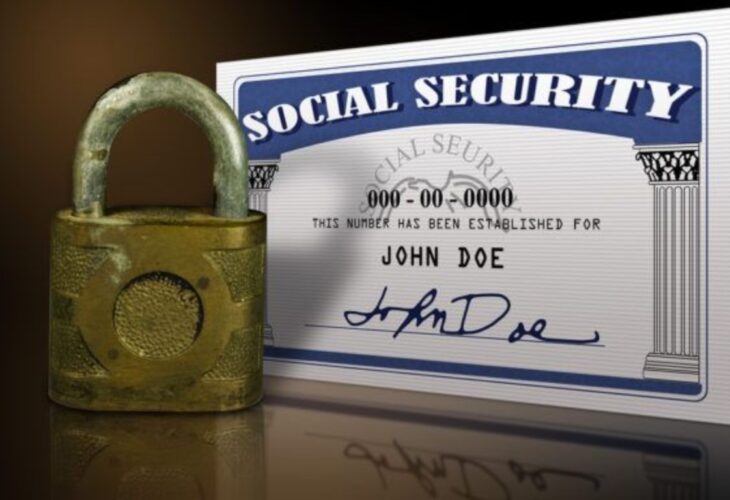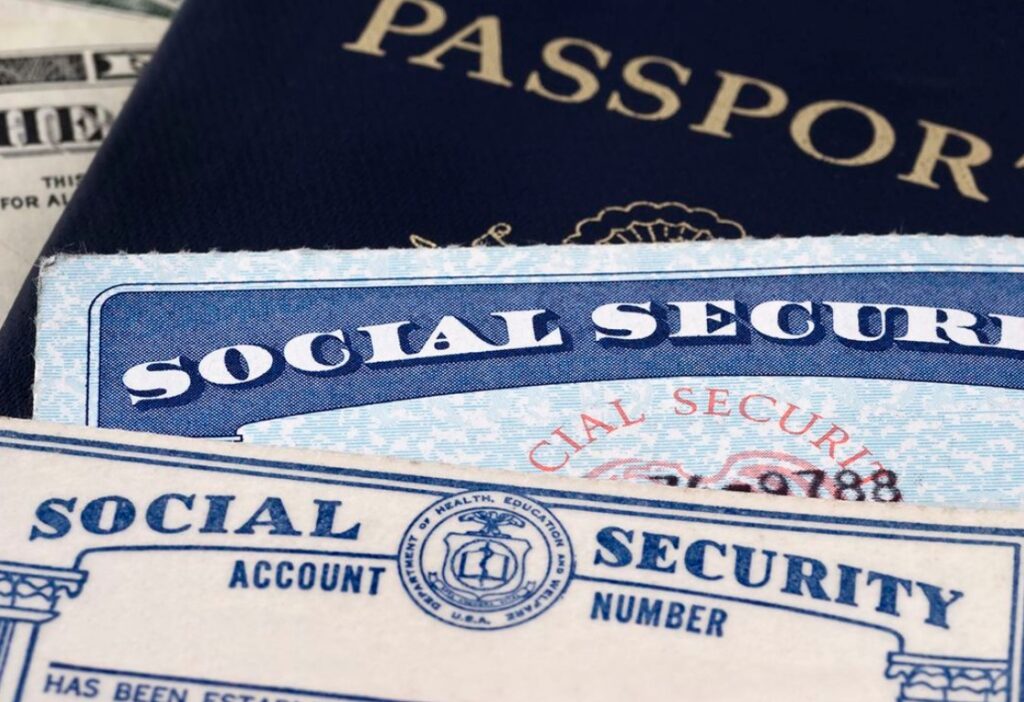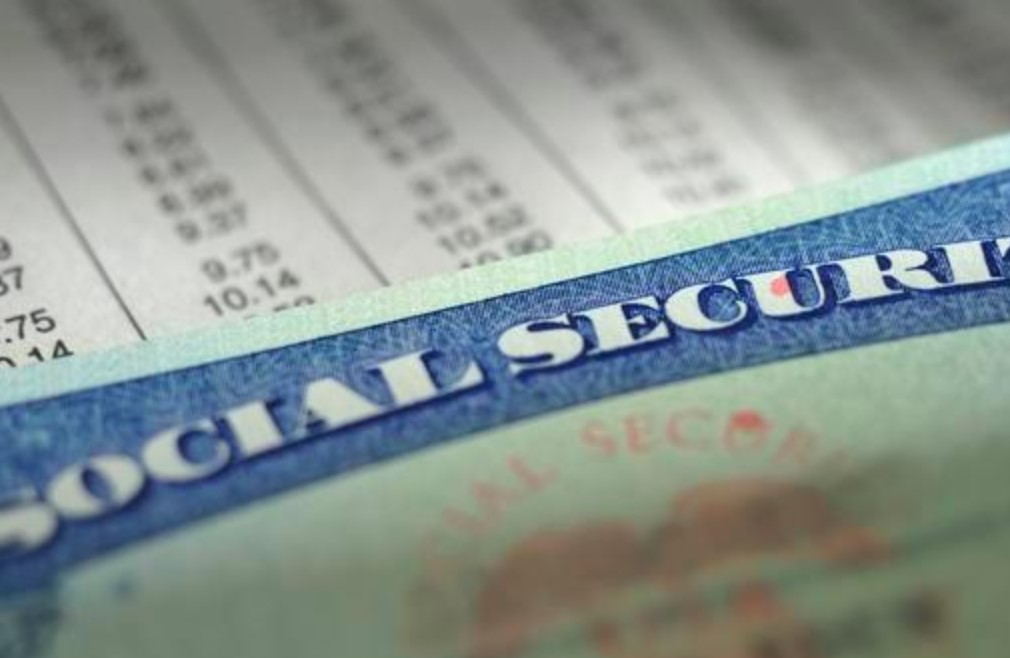
5 Steps To Properly Secure Your SSN
Americans feel obligated to provide their Social Security number for many types of interactions, and it seems as if this number is just casually thrown around on every paper application. If you have ever applied for a loan in the United States, opened a bank account or started a new job, chances are you were asked for your Social Security Number (SSN) to identify yourself.
The reality is that this number was never intended to be a form of universal identification, mainly due to the risks of sharing it openly. Should your SSN get into the wrong hands, then the possibilities for fraud are endless – open financial accounts, steal your identity, harm your credit. The list goes on.
Despite these obvious flaws, your SSN serves as one of the fundamental keys to your identity.
As such, it is critical that you take steps to safeguard your SSN.
5 Security Steps To Protecting Your Personal Information

Step 1: Never Carry Your Physical Card
Never carry your social security card in your wallet or purse. Your Social Security card should be stored somewhere safe – maybe even in a safe – and protected from the elements. If your SSN is used on your driver’s license, health insurance card, or another document that is publicly visible, request to have it changed. The inconvenience of renewing your driver’s license is a small price to pay for increased security and protection from the threat of identity theft.
Step 2: Do Not Give It Out Freely, Especially On Paper
Covve recommends for everyone to avoid giving out your Social Security number unless it is absolutely necessary. When asked for your SSN, ask why it is needed and how it will be protected. If the receiver cannot answer those questions, then you should not be giving your SSN to them.
Furthermore, don’t share your number in plain text through email or text message. Doing so puts it at risk to be intercepted, read by the wrong party, or stolen by hacking yours or the receiver’s account. By minimizing how often you share your number, and by doing so only through secure means, you can help reduce your risk of identity theft. Even worse, do not write down your SSN on a paper application. No matter how much the person on the receiving end will assure you that “it will be shredded” – the reality is that most handwritten information is easily compromised.
It is important to note with this last item that for some government documentation it will be necessary and unavoidable to input your Social Security number. There is just no getting around it on a tax form for your place of employment or voter registration. In these cases, make sure you are going through the formal process with the right supervisor, such as the personnel in the HR department, to ensure you are only sharing the information with trained and careful individuals.

Step 3: Do Not Use SSN As A Form Of ID
If a business or organization asks for your Social Security number, offer an alternative form of ID instead. Acceptable forms of ID include your driver’s license number or other alternative forms of ID like a passport, proof of current and previous address (bills) or even a student ID from a college or university.
There is a reason we have other forms of identification. Your SSN is one of your most sensitive identifiers, so use it as sparingly as possible as a form of identification.
Step 4: Monitor Banking & Financial Accounts
Keep close tabs on your bank and credit card balances. While it is important to track your finances and always check for irregular activity on your account, it is one of the easiest ways to catch identity theft before damage is done. This is one way to make sure your SSN and identity have not been compromised. Many banks let you sign up for account alerts. They will send you text alerts or call you if transactions exceed a certain amount or if someone tries to use your Social Security number to access your account.
Another great recommendation is to use a bank or mobile banking service that has these security features in place to monitor your accounts and alert you of suspicious activity. There are also usually settings to set up additional alerts, security authentications, and automatic freezes should a particular set of activities occur that signify suspicious activity.

Step 5: Use an Identity Protection Service
You can register with (and pay for) an identity protection service such as LifeLock, IdentityForce, or Identity Guard. Such services provide identity insurance — for a fee that typically starts around $10 per month. Banks and credit unions also have packages they sell to customers, as do major credit rating agencies such as Experian and TransUnion.
Of course, since this is a paid service, it is completely at your discretion whether or not you feel this is something that you could benefit from having. It is a great added level of protection and allows you to recoup some money or enforce legal consequences should something happen and you have identity insurance in place. While this option may not seem necessary, it only takes one instance for you to realize the implications of identity theft. As the popular saying goes, it is better to be safe than sorry.
In conclusion, security and the improvement of identity protection are fundamental for the growth of our economy and the protection of the privacy of individuals. As more personal interaction and business is conducted online, our identity and privacy are increasingly at risk. The better informed the average person becomes, the less likely that fraudsters will be successful. If you need additional help, the Social Security Administration publishes a booklet called Identity Theft and Your Social Security Number which provides basic protection tips and information about what you should do in the event you believe your identity and SSN have been stolen or compromised.